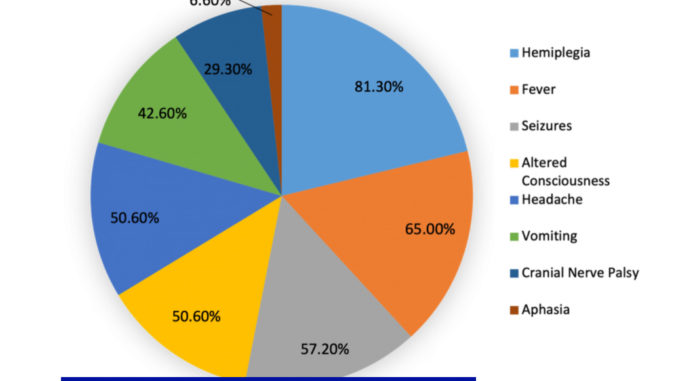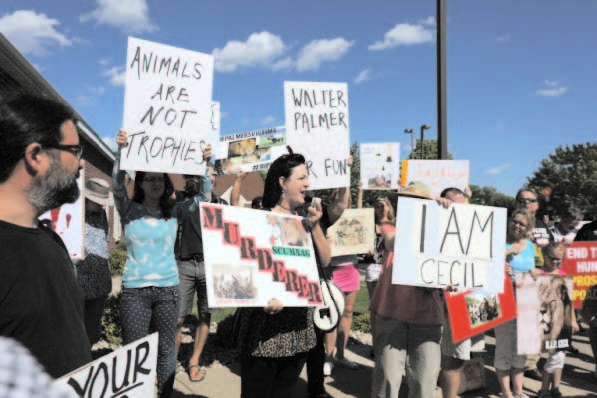
Special Correspondent
JAIPUR (TIP) It is now not restricted to North America alone, the early strokes (Lakva in Hindi) in childhood in the age group of 6 months to 18 months is not only rising alarmingly but also drawing the attention of Pediatricians in India too, warns World Stroke Organization (WSO). Stroke is defined as the sudden occlusion or rupture of cerebral arteries or veins resulting in focal cerebral (brain) damage or neurological deficits in children, and differs in clinical presentation, etiology and neuroimaging from adults.
WSO, in its recent blog in February 2022, says, “Pediatric stroke is rare; recent studies estimate its prevalence to be around 172 in 100,000 a year in North America. To better understand childhood stroke, a group of doctors within the Department of Pediatrics at Sawai Man Singh Medical College in Jaipur, India set out to investigate the profile of childhood stroke at their hospital”.
Quoting and recognizing SMS Medical College’s child specialists, Dr Dhan Raj Bagri, Dr Antrichsh Kumar, and Dr J N Sharma’s research paper appeared in the Journal of Alzheimer Disease and Parkinsonism, WSO said their study evaluated 75 pediatric stroke children between 6 months and 18 years, out of which 65.3 percent (48) were males and 34.7 percent 27) were females suggesting male preponderance (M:F=1.89:1).
SMS specialists team explored patterns in presentation, etiology and neuroimaging in children who presented to their hospital with stroke from June 2019 to December 2019.
“Over a 7-months period the hospital admitted 75 children with childhood stroke, and neuroimaging showed that 72.2 percent of cases were acute ischaemic stroke, 5.3 pc were hemorrhagic and cerebral venous thrombosis in 12 pc”, Dr Bagri, a team leader and Assistant Professor at the SMS Pediatrics said in the joint research paper.
Patient characteristics showed that age ranged from 6 months and 18 years, with 52 percent of the group aged between 6 months and 5 years, and the majority of cohorts were males, Dr Bagri pointed out.
The most common clinical presentation of childhood stroke at SMS Medical College was hemiplegia, fever, seizures, headache, and altered consciousness in over half India’s population, he said, adding it was noted that 67 percent of cohorts had a comorbidity with Central Nervous System (CNS) infections being the most common, about 53 percent, Bagri said.
Though newer modalities of treatment increased chances of recovery many folds from the past decades, India needs prompt identification and treatment in childhood stroke to prevent long term morbidity and mortality too, Dr Bagri told TIP when asked. In developed nations, every such patient gets an ambulance and treatment within 60 minutes (golden hour) of reporting to the hospital, whereas in India, the time lost in reaching the hospital and getting a better identification plays very critical role and needs more awareness in public with strengthening medical infrastructure in the very field, he recommended. WSO anticipates that their research will provide more clinical and etiological information on pediatric stroke, particularly in India.





Be the first to comment